
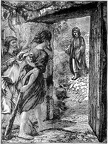 The wicked husbandman
The wicked husbandman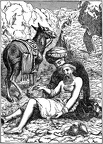 The Good Samaritan
The Good Samaritan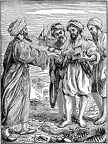 The merchant seeking goodly pearls
The merchant seeking goodly pearls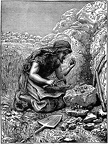 The treasure hid in a field
The treasure hid in a field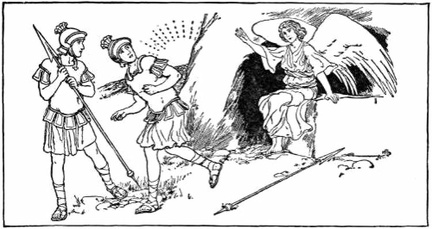 Angel at the tomb
Angel at the tomb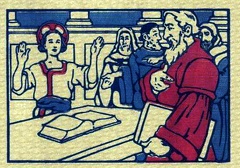 Jesus in the temple
Jesus in the temple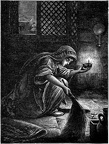 The lost piece of money
The lost piece of money Lois, Eunice and Timothy
Lois, Eunice and Timothy Fascist Militia
Fascist Militia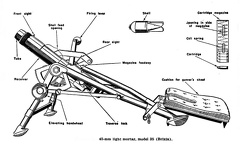 45 mm light mortar
45 mm light mortar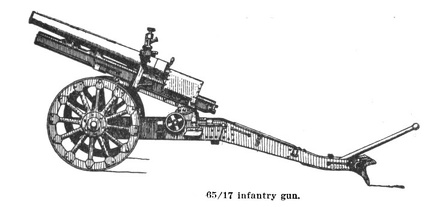 65-17 Infantry gun
65-17 Infantry gun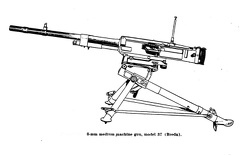 8-mm medium machine gun
8-mm medium machine gun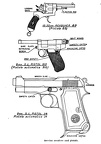 Service Revolver and Pistols
Service Revolver and Pistols Cross section of the M13-40 four-man tank
Cross section of the M13-40 four-man tank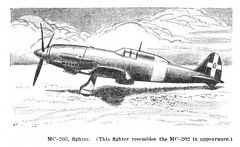 Mc-205, Fighter
Mc-205, Fighter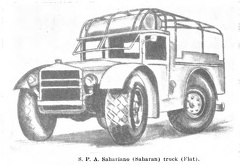 S. P. A. Sahariano truck
S. P. A. Sahariano truck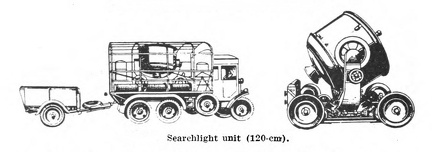 Searchlight unit
Searchlight unit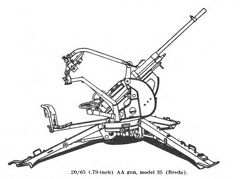 20-65 Anti Aircraft gun, model 35
20-65 Anti Aircraft gun, model 35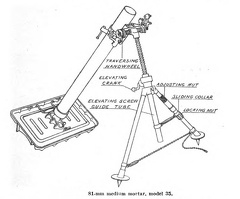 81 mm medium mortar, model 35
81 mm medium mortar, model 35 Flying uniform, captain
Flying uniform, captain Parachutist, Second lieutenant
Parachutist, Second lieutenant Service Dress , major
Service Dress , major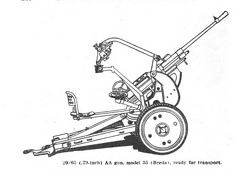 20-65 Anti Aircraft gun, ready for transport
20-65 Anti Aircraft gun, ready for transport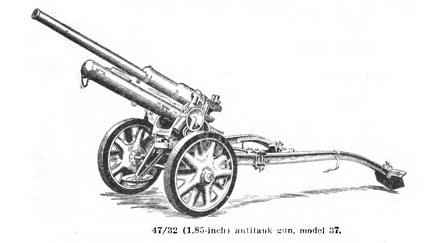 47-32 antitank gun, model 37
47-32 antitank gun, model 37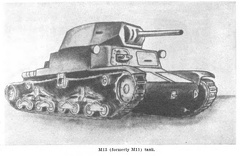 M13 (formerly M11) tank
M13 (formerly M11) tank Service rifles and carbines
Service rifles and carbines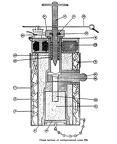 Cross section of antipersonnel mine B4
Cross section of antipersonnel mine B4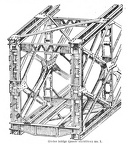 Girder bridge No. 1
Girder bridge No. 1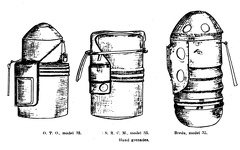 Hand grenades
Hand grenades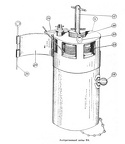 Antipersonnel mine B4
Antipersonnel mine B4 Brigadier General
Brigadier General Type O.G.M. rotary telephone switchboard
Type O.G.M. rotary telephone switchboard Lietenant Colonel, Cavalry
Lietenant Colonel, Cavalry Marshall, old-style coat
Marshall, old-style coat Second Lietenant Infantry
Second Lietenant Infantry Sergeant-major, new-style coat
Sergeant-major, new-style coat Protective Suit
Protective Suit Summer Uniform, Private, infantry
Summer Uniform, Private, infantry Uniform of tank crews
Uniform of tank crews 2 cm Flakvierling 38
2 cm Flakvierling 38 Frame
Frame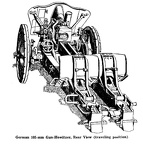 German 105-mm Gun-Howitzer
German 105-mm Gun-Howitzer German 105-mm Gun - Howitzer
German 105-mm Gun - Howitzer Japanese 75-mm Anti-Aitcraft gun
Japanese 75-mm Anti-Aitcraft gun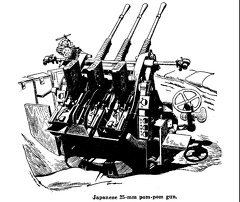 Japanese 25-mm pom-pom gun
Japanese 25-mm pom-pom gun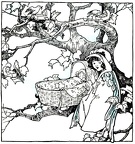 Girl with baby in a cradle in a tree
Girl with baby in a cradle in a tree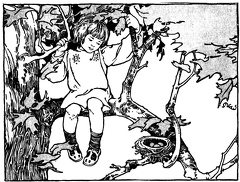 Girl sitting on a branch looking at birdsnest
Girl sitting on a branch looking at birdsnest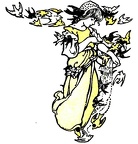 Girl surrounded by birds
Girl surrounded by birds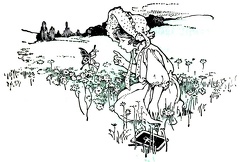 Girl talking to a fairy
Girl talking to a fairy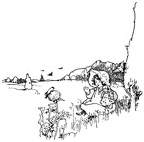 Girl toddler looking at a bird on a plant
Girl toddler looking at a bird on a plant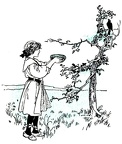 Girl offering some birds some water
Girl offering some birds some water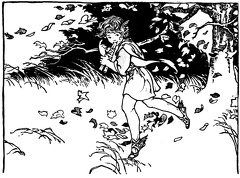 Girl playing a flutelike instrument while running through some leaves
Girl playing a flutelike instrument while running through some leaves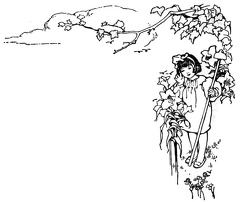 Girl ready to do some garden work
Girl ready to do some garden work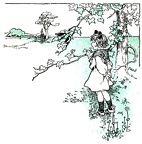 Girl looking at birds in a tree
Girl looking at birds in a tree Girl looking at the birds in a snowstorm
Girl looking at the birds in a snowstorm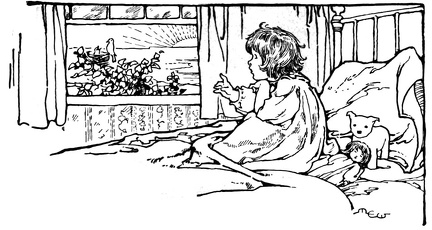 Girl looking out window at some birds in a nest
Girl looking out window at some birds in a nest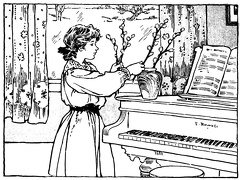 Girl arranging pussy willows
Girl arranging pussy willows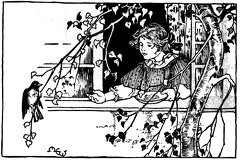 Girl enticing a bird with food
Girl enticing a bird with food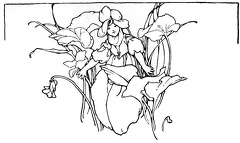 Girl in the flowers
Girl in the flowers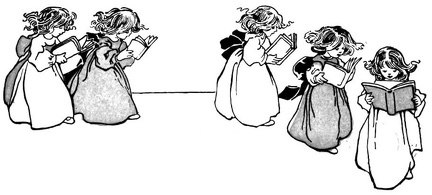 Five girls reading
Five girls reading



